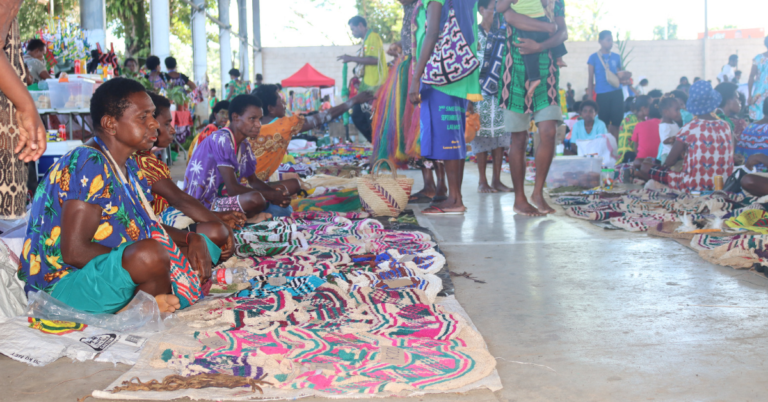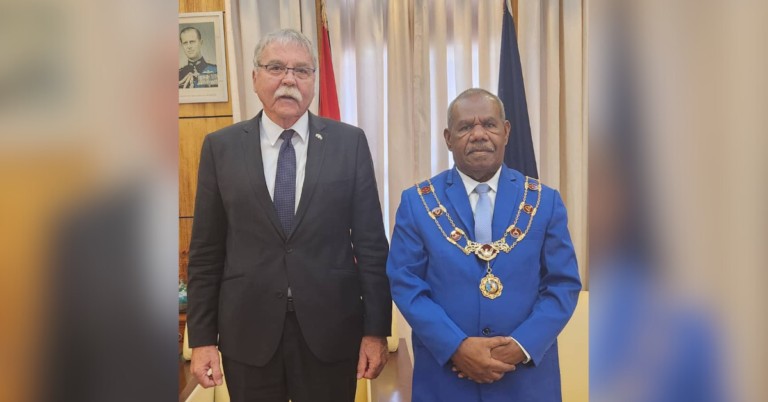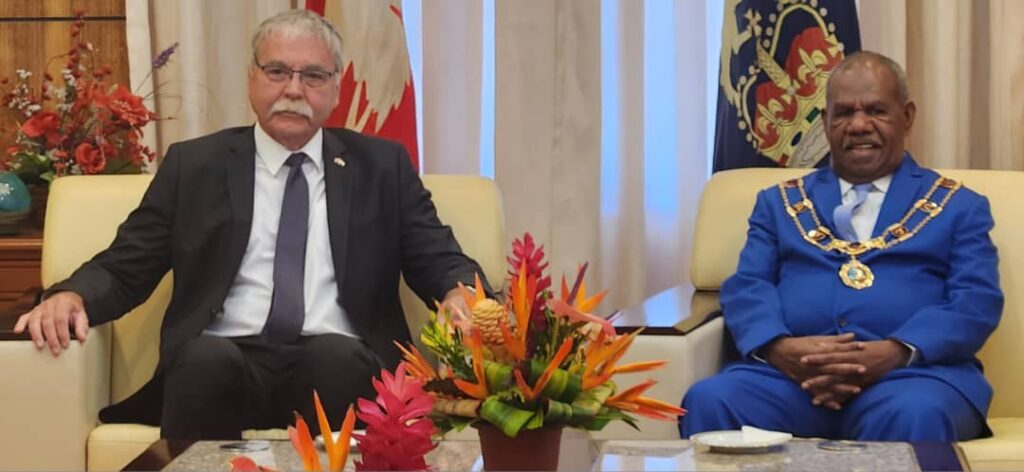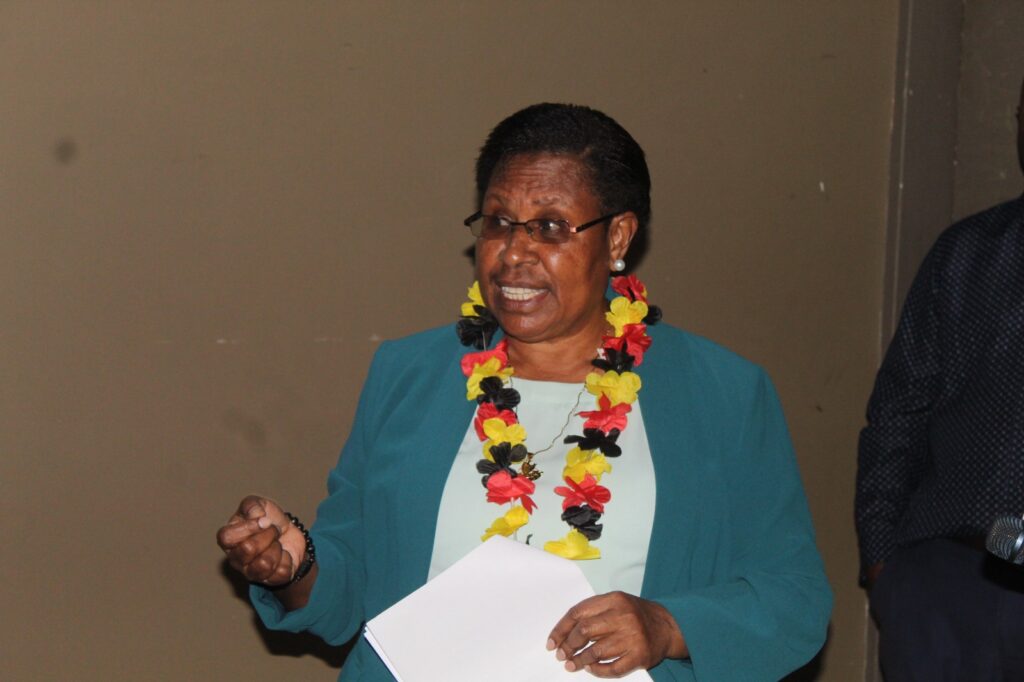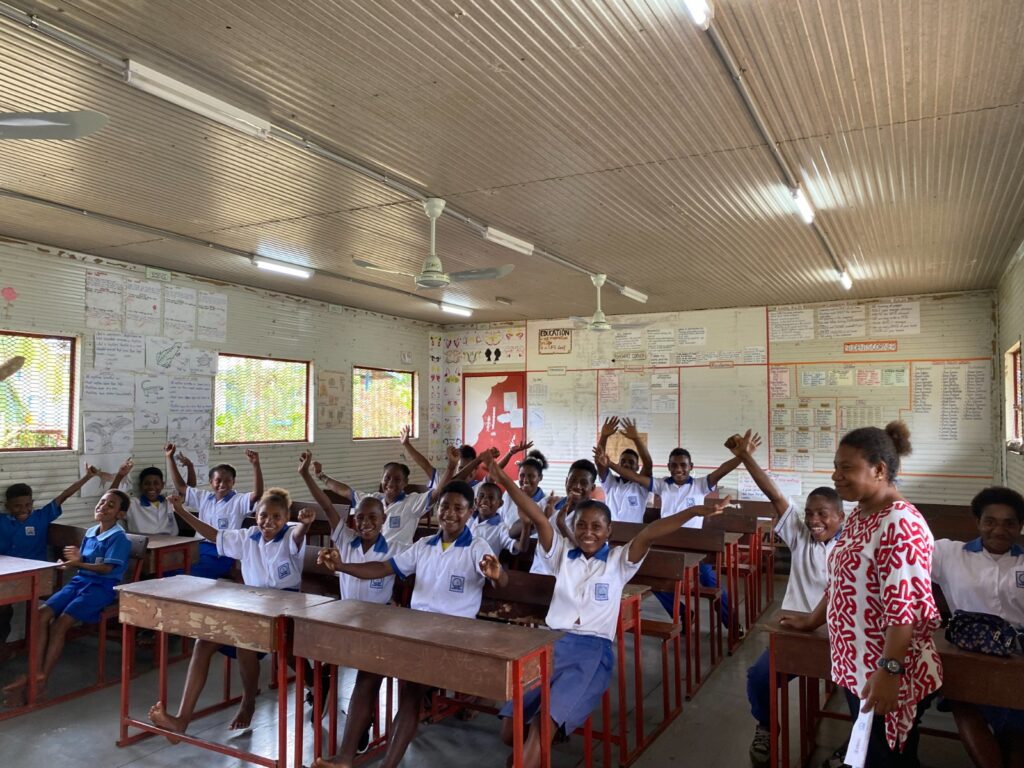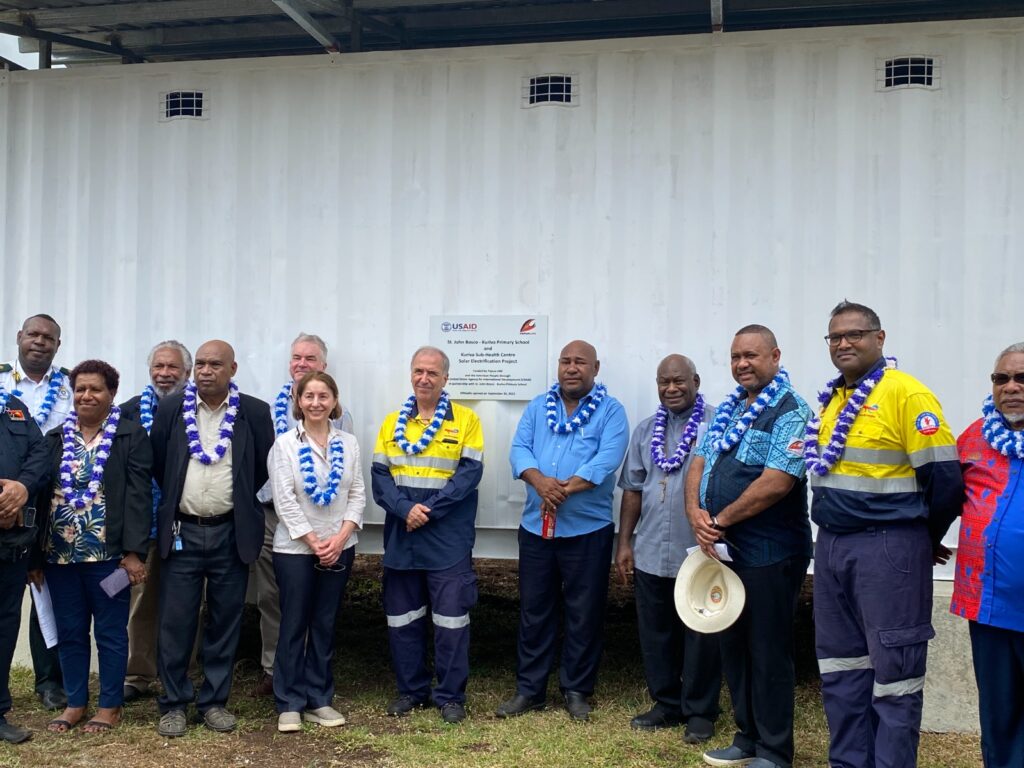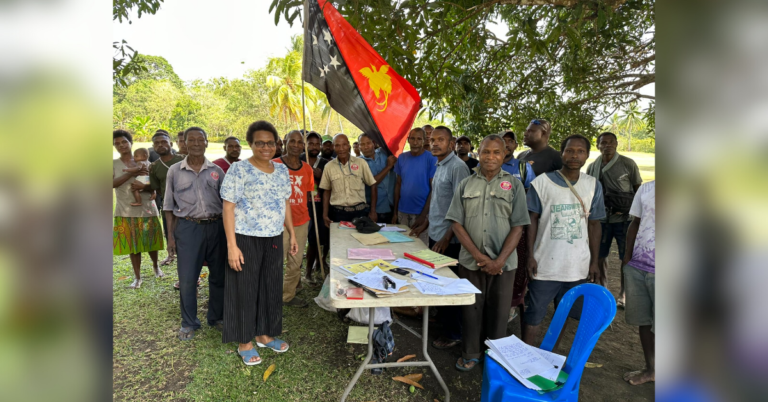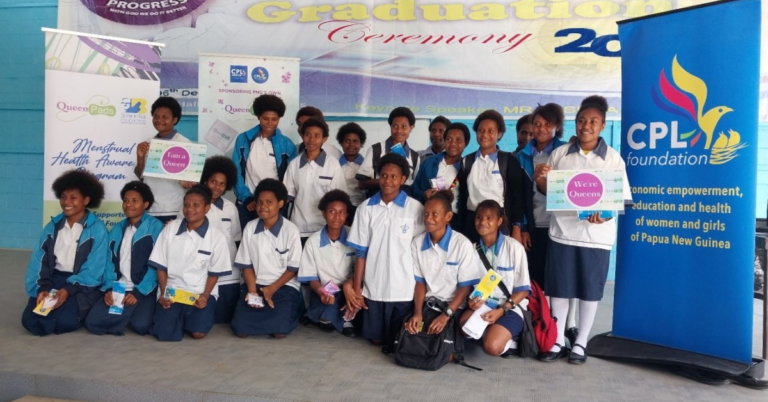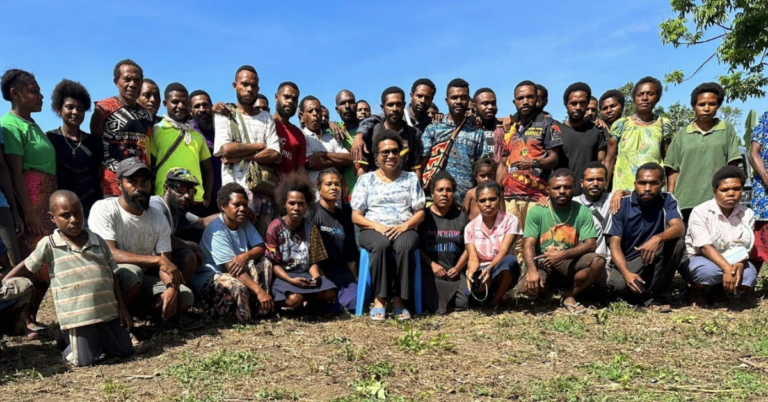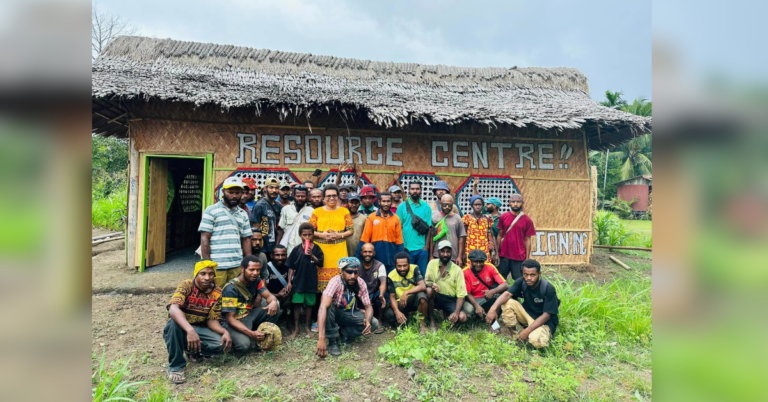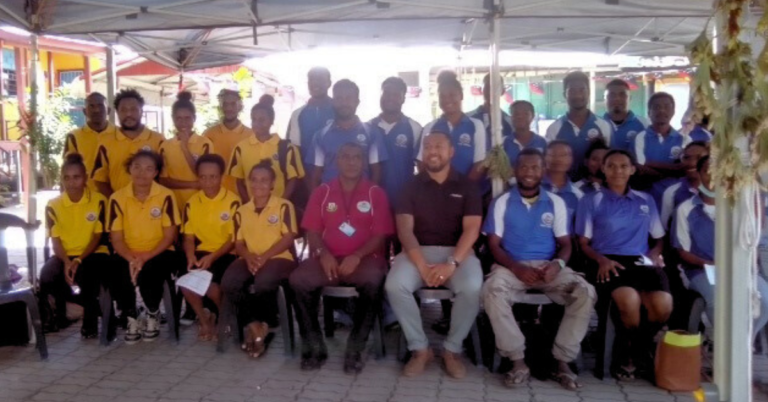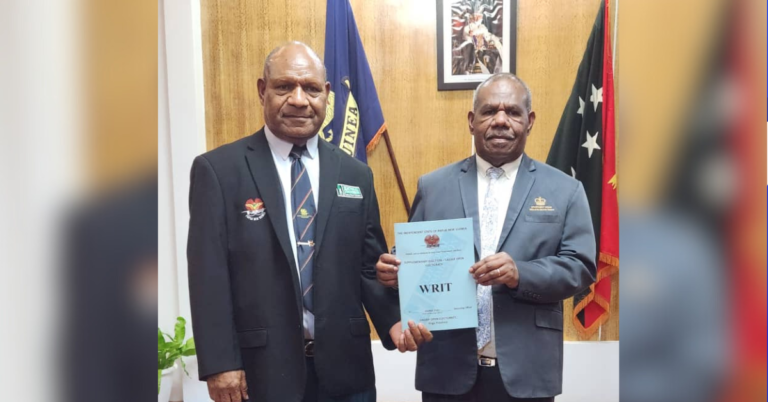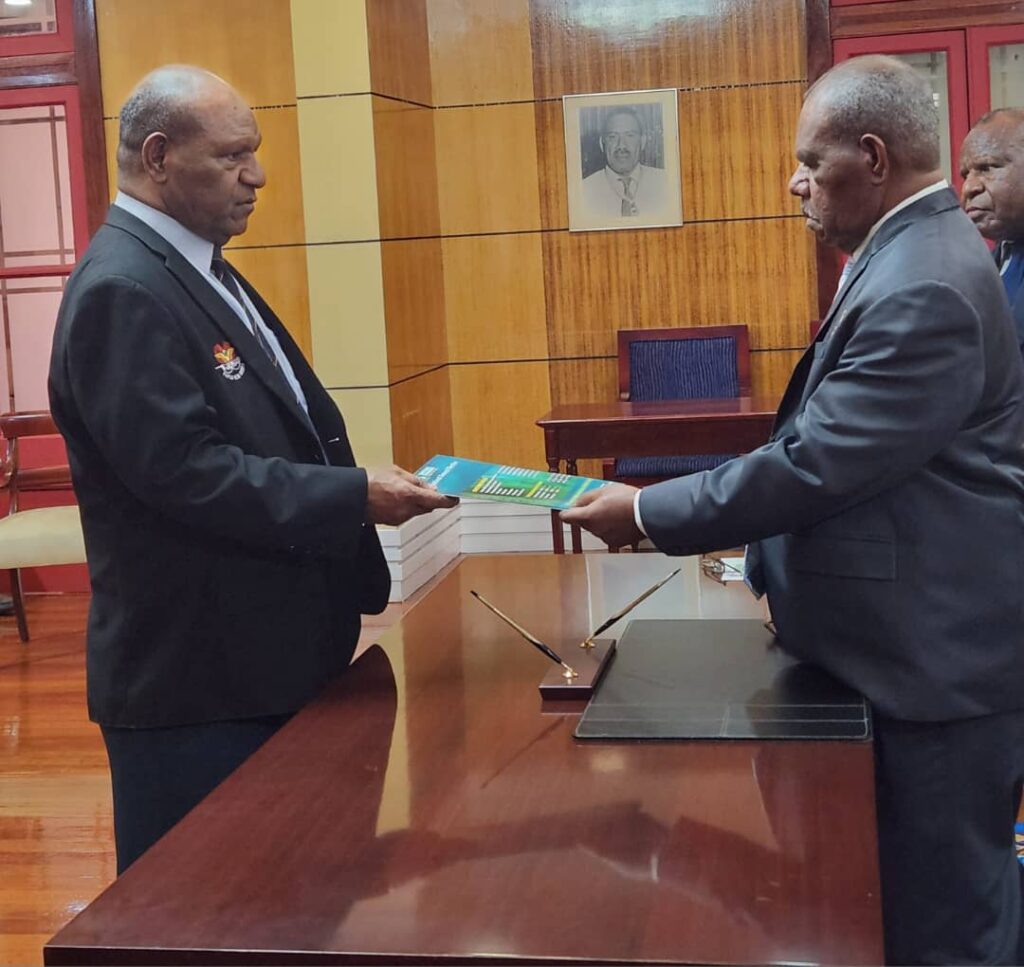In a vibrant celebration of creativity and commerce, more than 2,000 dynamic women descended upon Lae for the week-long Momase Catholic Women’s SME Convention that culminated in a spectacular finale last week.
Hailing from the five spirited Catholic Dioceses of Vanimo, Aitape, Wewak, Madang, and Lae, these women brought with them the heart and soul of their rural communities. Infusing the convention with a contagious energy that could rival any urban center.
President of the Lae Catholic Women’s Association, Maryanne Gali, couldn’t contain her excitement. Remarking on the surge in attendance compared to the last convivial gathering in Vanimo back in 2021.
This impressive event, held biannually, has clearly become a hot ticket for these enterprising women.
Stepping into the colorful marketplace, one was greeted by a mesmerizing array of handcrafted wonders—arts and crafts, bilums, traditional attire, and the coveted meri blouses.
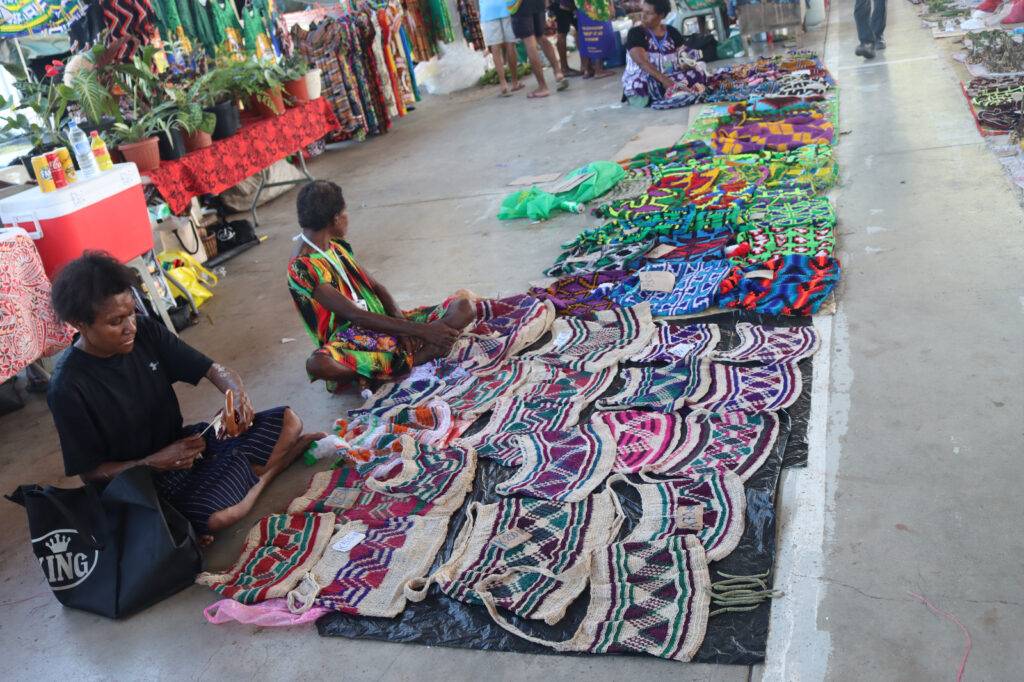
These women weren’t here just for the sun and fun. They were on a mission to seek out new markets for their prized creations.
The organizers, with hearts as big as their ambitions, aimed to provide a platform for these talented artisans. To showcase their masterpieces. It’s no secret that navigating the labyrinth of SME’s in the country is no easy feat, and it’s often a one-woman show.
Yet, amidst the lively chatter and bustling stalls, one couldn’t help but sense a shared determination.

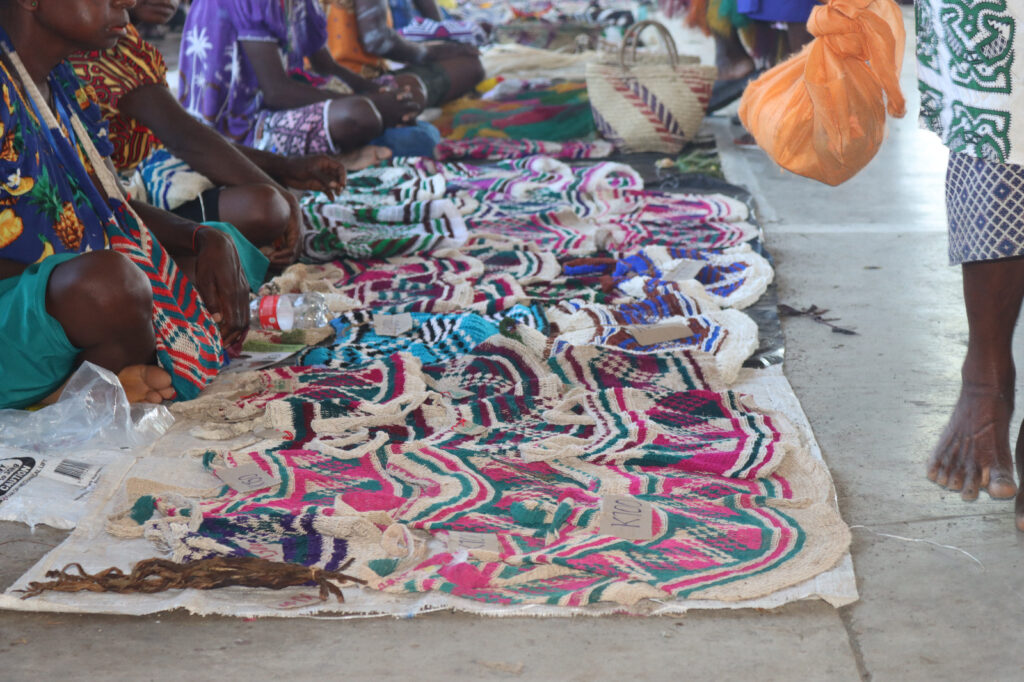
These women weren’t looking for handouts; they craved the opportunity to stand on their own two feet.
The Catholic Dioceses recognized this fervor. Initiating the convention to empower women with self-reliance, teaching them not to lean too heavily on the government.
Linda Wanga, a vivacious vendor from Roma Parish in Maprik District, East Sepik Province, confessed that this was her maiden voyage to Lae, for the SME convention.
With a twinkle in her eye, she admitted that the acronym “SME” had been a mystery to her. But she decided to embark on this adventure to see it all for herself.
Her claim to fame? The inimitable Maprik bilums, in an assortment of sizes and prices that could make anyone’s head spin. With each bilum, a piece of Wanga’s heart and heritage was woven into the fabric, waiting for a new owner to cherish.
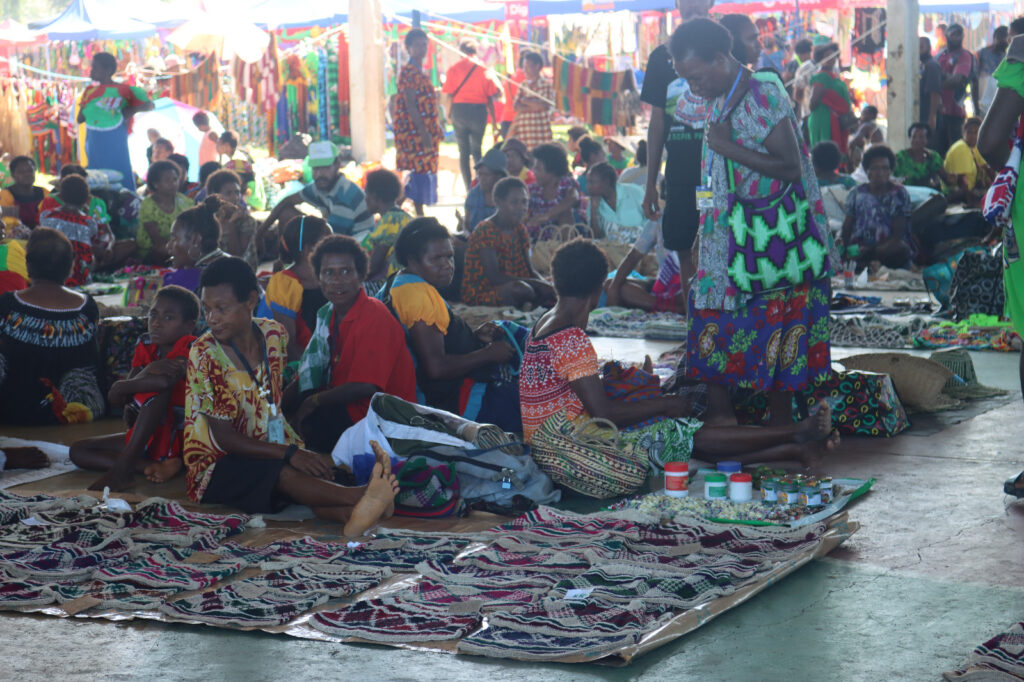
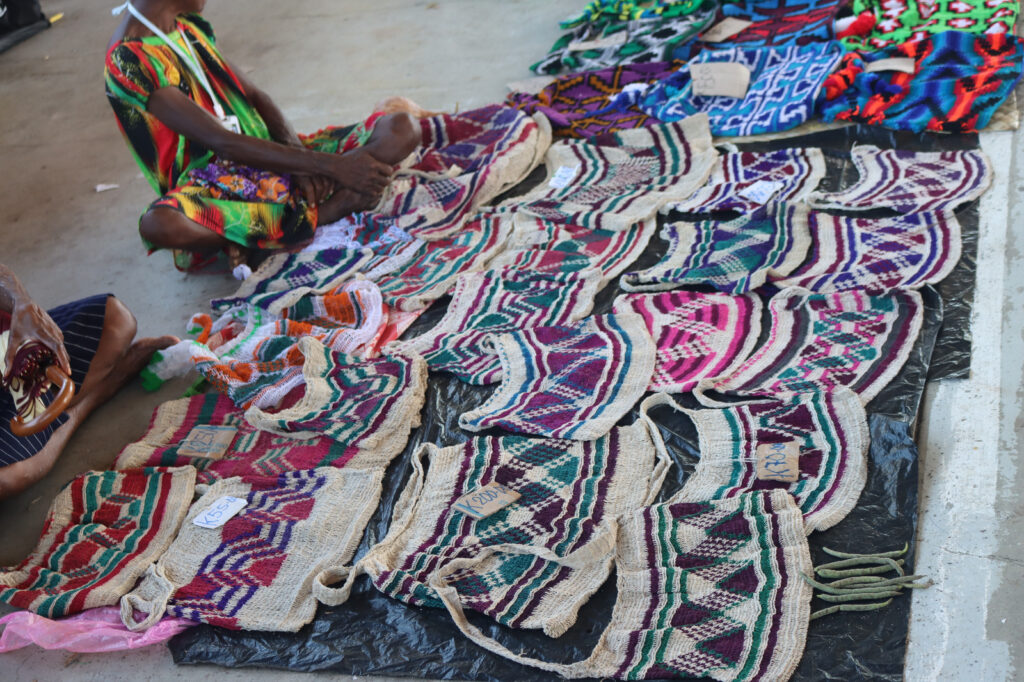

As the convention drew to a close, Gali offered a rallying cry to the government and its relevant departments. Urging them to recognize the unstoppable force of women mobilizing their efforts.
They weren’t asking for handouts, just a fair chance to share their talents with the world.
In the midst of ongoing discussions about SME‘s, the reality is that genuine support is still a rare find. These women don’t need charity; they need a stage where they can take center stage.
As the sun set over Lae, casting a golden hue over the convention grounds, it was clear these women were leaving with more than just sales. They were leaving with a sense of pride and the knowledge that they were the architects of their own destiny.
Here’s to the Momase Catholic Women, crafting their own futures, one bilum at a time.

